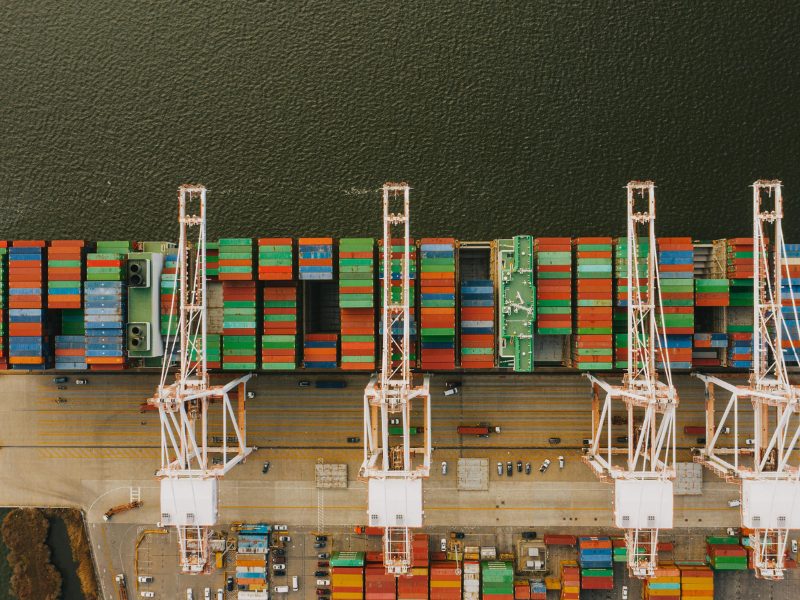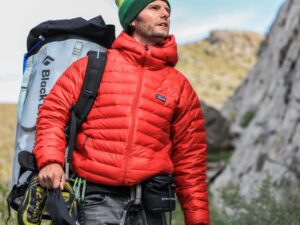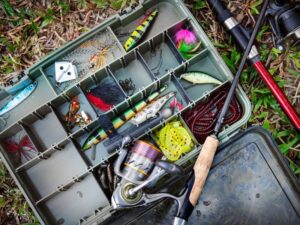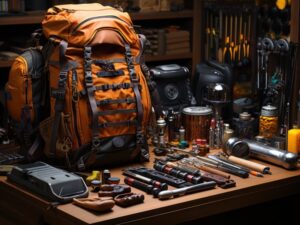The importance of efficient gear transport for customer satisfaction cannot be overstated. As a distributor, retailer, or brand in the camping gear industry, ensuring that your customers receive their equipment promptly and in pristine condition is paramount. After all, nothing dampens the excitement of a camping trip like missing or damaged gear.
Keep on reading as we dive into 10 helpful tips on how to transport camping gear to your valued customers. From optimizing packaging to selecting reliable shipping methods, we’ll cover all aspects to enhance customer satisfaction and loyalty.
Understanding Customer Expectations
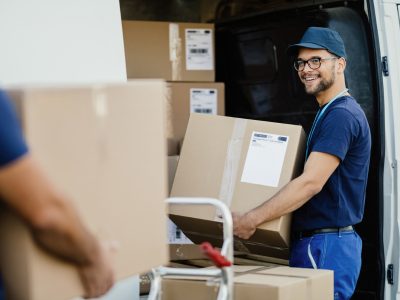
Understanding your customers’ expectations is the cornerstone of providing exceptional service in the camping gear industry. As distributors, retailers, and brands, it’s crucial to identify the key concerns and preferences of camping gear customers. From durable equipment to timely delivery, customers expect nothing but the best when it comes to their outdoor adventures.
One of the common challenges faced by retailers, distributors, and brands alike is ensuring that these expectations are met throughout the transportation process. From navigating logistics hurdles to safeguarding against damage during transit, there are numerous factors to consider when transporting camping gear to your customers. By analyzing these challenges, you can proactively address them and tailor your approach to exceed customer expectations every step of the way.
By implementing these weatherproofing strategies, you can confidently transport camping gear to your customers, knowing that it’s well-protected against the elements. This not only enhances customer satisfaction but also reflects positively on your brand’s commitment to quality and reliability.
10 Tips for Efficient Camping Gear Transport
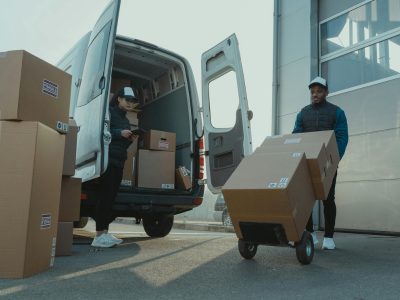
1. Choose sturdy and weather-resistant packaging materials
Opting for durable packaging materials ensures that your camping gear remains protected from external elements and rough handling during transit. This minimizes the risk of damage and ensures customer satisfaction upon delivery.
2. Properly label packages with clear identification:
Clear labeling on packages facilitates smooth sorting and delivery processes, reducing the likelihood of errors or misplaced items. This ensures that your customers receive their orders accurately and in a timely manner.
3. Match vehicle types to the size and weight of the gear
Selecting the appropriate vehicle for transporting camping gear ensures safe and efficient transportation. Matching the vehicle to the specific size and weight of the gear helps optimize space and minimizes the risk of damage during transit.
4. Group similar items together for organized loading and unloading
Organizing gear items by similarity streamlines the loading and unloading process, reducing handling time and minimizing the risk of misplaced or damaged items. This efficiency ensures that orders are fulfilled promptly and accurately.
5. Secure gear during transit using straps, tie-downs, or bungee cords
Properly securing gear within vehicles prevents shifting and potential damage during transit. Utilizing straps, tie-downs, or bungee cords keeps items in place, ensuring that they arrive at their destination intact and ready for use.
6. Use waterproof covers or tarps to shield gear from rain and humidity
Employing waterproof covers or tarps protects camping gear from moisture and humidity, safeguarding against water damage during transportation. This precaution ensures that your customers receive high-quality gear in pristine condition.
7. Avoid prolonged exposure to extreme temperatures by insulating temperature-sensitive gear
Insulating temperature-sensitive gear protects it from extreme temperatures during transit, preserving its integrity and functionality. This proactive measure ensures that customers receive gear that meets their expectations and performs optimally.
8. Communicate estimated delivery times and any potential delays to customers
Transparent communication regarding delivery times and potential delays helps manage customer expectations and fosters trust in your brand. Keeping customers informed ensures a positive experience and reduces the likelihood of dissatisfaction.
9. Offer tracking options to allow customers to monitor their orders
Providing tracking options empowers customers to monitor the status of their orders in real-time, giving them peace of mind and control over their purchase. This transparency enhances the overall customer experience and builds trust in your brand.
10. Provide responsive customer service for inquiries or issues related to gear transport
Responsive customer service demonstrates your commitment to customer satisfaction and ensures a positive experience throughout the purchasing process. Addressing inquiries or issues promptly helps resolve concerns and strengthens customer relationships.
Weatherproofing Strategies
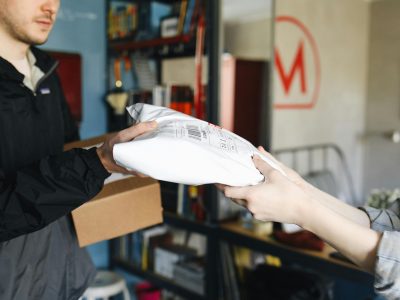
Weatherproofing your camping gear during transport is essential to ensure it arrives at your customers’ doorsteps in optimal condition. As distributors, retailers, and brands, implementing effective weatherproofing strategies can safeguard against damage caused by rain, moisture, and extreme temperatures.
To protect gear from rain and humidity, consider using waterproof covers or tarps during transportation. These barriers provide an extra layer of defense against water infiltration, keeping your gear dry and intact. Additionally, storing gear in sealed containers or bags adds another level of protection, preventing moisture from seeping in and causing damage.
When it comes to minimizing exposure to extreme temperatures, it’s vital to avoid prolonged periods of heat or cold during transport. Extreme temperatures can compromise the integrity of certain camping gear, such as electronics or perishable items. To counteract this, insulate temperature-sensitive gear with blankets or insulated covers. These insulating materials help regulate the internal temperature of the packaging, ensuring that your gear remains unaffected by external conditions.
Communication and Tracking

Communication and tracking play a crucial role in ensuring a smooth gear transport process for both you and your customers. As distributors, retailers, and brands, it’s essential to prioritize clear communication and provide support every step of the way.
Firstly, offering clear delivery information to customers is key. Keep them informed about estimated delivery times and any potential delays that may arise during transit. This transparency helps manage customer expectations and reduces the likelihood of dissatisfaction due to unexpected delays. Additionally, providing tracking options allows customers to monitor their orders in real-time, giving them peace of mind and empowering them with control over their purchase.
In addition to proactive communication, offering exceptional customer support is essential. Be responsive to inquiries or issues related to gear transport, addressing any concerns promptly and professionally. By offering reliable assistance, you can reassure customers and resolve any potential issues swiftly, enhancing their overall experience with your brand.
Furthermore, consider offering assistance with gear assembly or setup upon delivery, if applicable. This extra level of service demonstrates your commitment to customer satisfaction and can significantly impact their perception of your brand. By going the extra mile to ensure a seamless experience, you not only satisfy customers but also foster loyalty and trust in your brand.
Incorporating clear communication and comprehensive support into your gear transport process is essential for building lasting relationships with your customers. By prioritizing their needs and providing a positive experience from purchase to delivery, you can differentiate your brand and stand out in the competitive camping gear market.
Conclusion
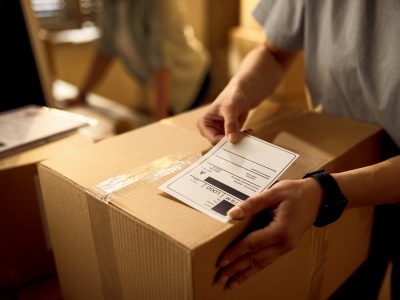
Efficient gear transport is not just about getting products from point A to point B—it’s about ensuring customer satisfaction and driving business success. As distributors, retailers, and brands in the camping gear industry, you understand the critical role that smooth transportation plays in delivering a positive customer experience.
Throughout this blog, we’ve explored various strategies and tips to optimize gear transport operations and meet customer expectations. From weatherproofing techniques to proactive communication, each aspect contributes to a seamless delivery process that delights customers and builds brand loyalty.
By implementing the provided tips, you can elevate your gear transport operations and differentiate your brand in a competitive market. Choose sturdy packaging materials, communicate clearly with customers, and prioritize their needs every step of the way. These small adjustments can make a significant impact on customer satisfaction and ultimately, your bottom line.
As you strive for excellence in gear transport, we encourage you to continue exploring solutions and improvements in customer service. Stay informed, adapt to evolving trends, and never stop seeking ways to enhance customer experience. Your dedication to excellence sets you apart and paves the way for long-term success.
To further your journey in optimizing gear transport and customer service, we invite you to explore our blogs and resources. Gain insights, discover best practices, and stay ahead of the curve in delivering exceptional experiences to your customers. Together, let’s redefine the standards of gear transport and exceed customer expectations at every turn.

